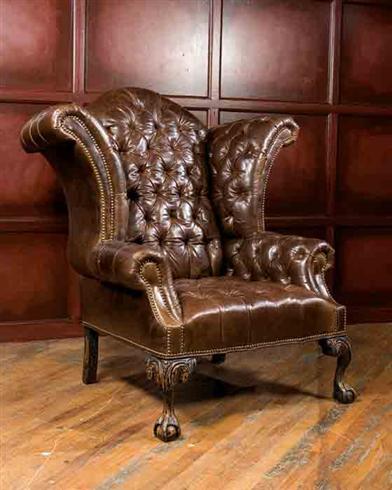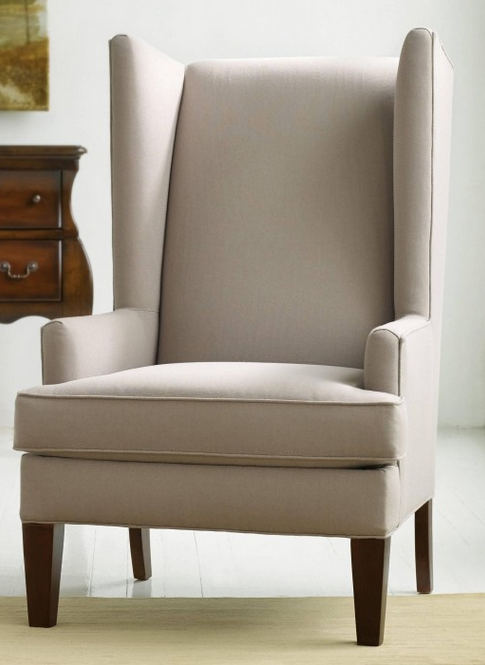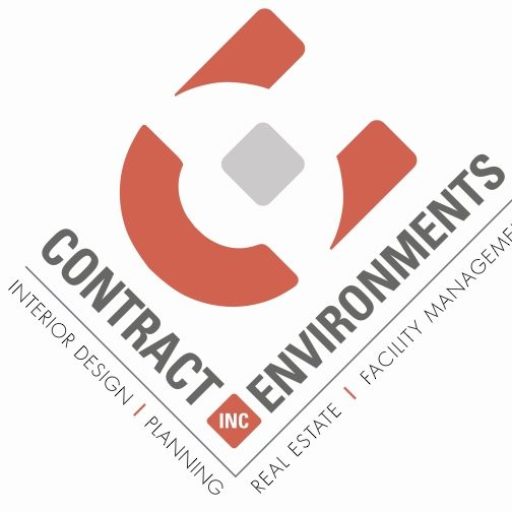The Client Inspiration Board
I have had two clients recently who came to their first meeting with us armed with what I’ll call an “inspiration board”. In both cases is wasn’t technically a board: one just had a digital file folder of pictures they liked. The other had a PowerPoint of pictures. I don’t know if the influence of Pinterest is to thank for this, but I love it.
To anybody whose about to become a design client, this is an excellent exercise to engage in and bring to your first meeting with any of your design team: Architects, Interiors, Engineers, everyone will love you for it.
Why is this helpful?
A picture, as they say, is worth a thousand words. There is no where that is truer than in design. First, it shows me what the client is thinking. Pictures can evoke a quality of space; the grandeur or simplicity or vivacity. I use words as carefully as I can to describe visual concepts to a client. But no matter how careful I am words can’t always express the quality of a space, color, or texture accurately. A picture is always more accurate. I can say “wingback chair” but there’s millions of them and they can look very different, just like the two examples here.


“Modern”, by the by, is one of the worst offenders as a non-descriptive word. For many people, they say “modern” and mean “current and contemporary”, but for others including designers “modern” usually means capital M “Modern” as in the Modern movement that dovetails with International Style and Bauhaus from the early 20th century. Those are wildly different things. (For a rather accurate visual interpretation of the differences check out West Elm’s new Workspace line; their splash page lays it out in very nice visual representation)
Second it takes out the guess work. Sometimes I don’t attend the first meeting with a client and I’m asked to come, with ideas, to the second or third meeting. If I’ve been given an arsenal of pictures then I don’t have to guess what I should bring. I can make (more) educated and strategic choices that are in keeping with the pictures. This isn’t to say that I can’t get a sense of a client without pictures. I listen to what my supervisors tell me from their previous meeting, I check the client’s website and use my educated best judgement to determine what the client might respond to. But pictures speed up the process.
Get inspired, pin that picture and show us what you want. You can use a file folder, a Powerpoint, a Pinterest board, printouts and clippings old school style from magazines and kept in a folder or notebook. Whatever works for you will work for us too!
